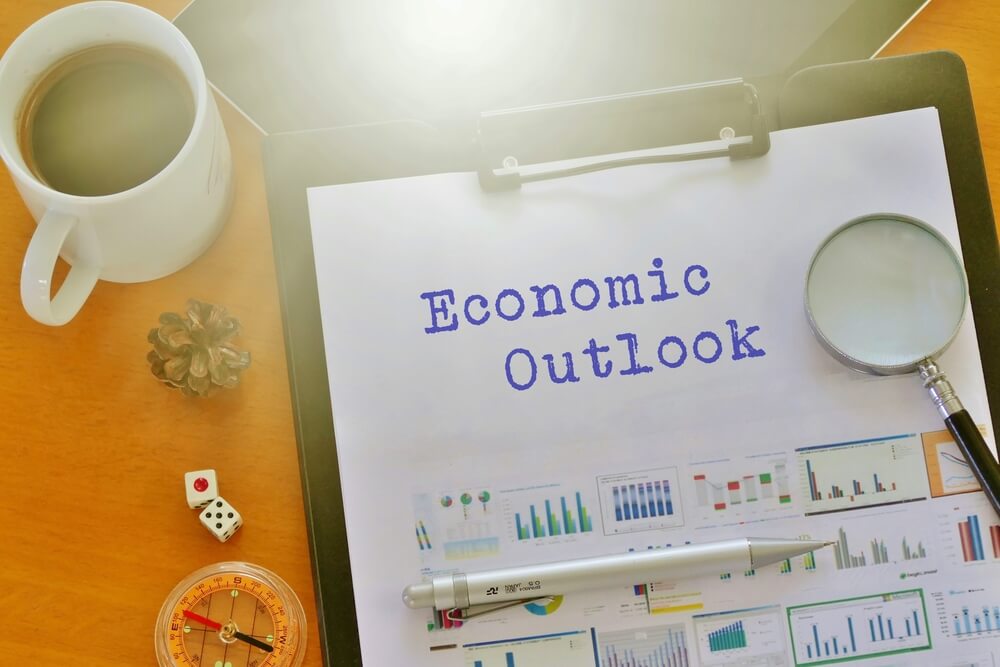Nonresidential construction is a mix of weaker retail and stronger healthcare and power production. Thanks to local roadbuilding and state public sector construction gained a little. Nevertheless, there is no significant stimulus in the works. Though private nonresidential will start edging up in 2021, overall development will be flat in the next two years.
In the third quarter of 2019, after two flat quarters, business capital spending declined. Companies without overthinking about future growth are replacing what needs to be replaced. The indicators of robust capital spending are in place: low financing costs and economic growth. These low costs came from corporate cash, which is very strong, as well as the low rates of interest. International trade negotiations resulted in uncertainty, and capital spending declined. Supply chains of business are far more complex than most of the politicians think. Trade rules throw significant risk into monkeying and source production. Many executives sit and wait to see what is going to happen. This so-called wait-and-see attitude dampens spending.
Economic Outlook
Economic outlook’s weakest part is inventories. The ratios of inventory-to-sales rose. Companies will most probably sell products without fully replenishing their shelves when they eventually trim excess stockpiles. The spending of One dollar will generate replacement productions worth 95 cents. Early in 2020, the inventory correction will put a damper on the economy. But the positive side of it is that once done; it will have no lasting consequences.
The volume of international trade will continue below. It is a global trend, cause of the reduction in imports to the U.S. than exports. Business is flat in universal terms. Nevertheless, the economy continues to grow. More than merchandise sales, the services are growing. During the times of uncertainty referring the international trade rules, companies do source more inputs in their home countries rather than from suppliers outside the country.













